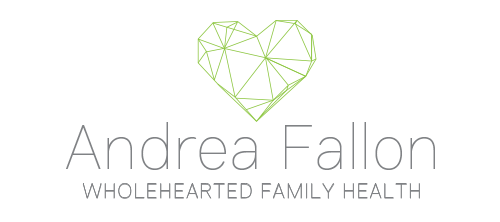Why you don’t need to teach your baby to sleep…
You don’t need to teach your baby to sleep.
Say what??
Yep, I know this is pretty much counter to what every baby book, Google search and “sleep school” will tell you.
But stay with me because this is information that, as a mum whose eldest child woke hourly and as a midwife/child health nurse who works closely with mums, I REALLY want you to know. Because in my experience, it’s a game-changer.
At the root of the notion that you have to teach your baby to sleep, or that you have to teach them to “link their sleep cycles,” is the idea that sleep is a skill.
For sleep to be a skill, it must be something that your little one has to learn.
The problem with that is, sleep is not a skill to learn (or be taught!) because it is a biological function of the body. It’s not under our conscious control. It is regulated by two systems; the circadian rhythm and sleep-wake homeostat, also known as sleep pressure.
The biological sleep regulators
The circadian rhythm is the body clock responsible for setting the day-night sleep-wake rhythm that we cycle through. There are a number of environmental factors that influence this rhythm, called zeitgebers, with the main one being light.
It is the absence of light that triggers the release of the sleep hormone melatonin at night and helps us to fall asleep. A baby’s circadian rhythm is usually developed by 3-4 months of age and can become disrupted if the environment is not conducive to natural sleep. For example, the common practice of creating a very dark environment during the day for nap time, can lead to melatonin release during the day and a disturbed day-night pattern.
Similarly, exposure to bright light (particularly blue light via screens – for example, a parent scrolling their mobile phone with light shining onto baby’s face when settling) in the evening, can lead to a delay in melatonin release and nighttime disturbance.
Sleep pressure is the buildup of adenosine in the brain that occurs the longer we are awake and leads to feelings of sleepiness.
Little ones can’t get through a whole day without taking the edge off the pressure and dropping that adenosine level back down. And this is where naps come into play, their function being to simply take the edge off the sleep pressure without taking too much off, ensuring sleep pressure is still nice and high at bedtime.
When sleep pressure is nice and high at bedtime, little ones will move from one phase of sleep to the next quite easily without needing a lot of support. They will naturally “link sleep cycles.”
It’s normal and okay to support your baby and toddler to resettle!
It is important to note that frequent wakes are still normal in the first year (and for some – into the second year too!) and it’s also normal for babies and toddlers to need support to resettle back to sleep as they have limited ability to soothe themselves.
This is due to a very immature prefrontal cortex in the brain which is responsible for reasoning and self-control over the emotional part of the brain (the amygdala). The emotional brain is very dominant in babies and toddlers (why you see tantrums) and they need us as parents to lend our calm – including during the night.
The idea that you need to teach babies to sleep by teaching them to self soothe is a huge myth that is perpetuated by sleep training culture.
It’s not developmentally possible for many and leaving them to cry in the name of teaching them to self soothe is really only teaching that we won’t respond to their distress.
But we feel the pressure as parents because we want to be the best that we can be and we want to do the right thing for our kids. And when the dominant message is that we need to teach our little ones to sleep, we think, “Oh my goodness, I HAVE TO get on to this or my little one will miss out on a vital skill.”
And for the baby sleep training industry, there is a whole lot of money to be made when parents feel that it’s their duty to teach their child something, yet they feel unequipped to do so.
What about sleep regressions?
“But what if my baby used to be able to sleep long stretches and can’t do it anymore?”
This is something I hear a lot. The dreaded “sleep regression.”
The funny thing is, when we dive a bit deeper into that kind of thinking, we find that we are back to that idea that sleep is a skill. The idea that they gained a skill, progressed to a stage and then lost it again, or “regressed.”
It’s such a pervasive idea right?!
Again, it’s not how sleep works.
Aside from stages of rapid development, what often has happened during these “regressions” is a change in sleep needs and little ones need to adjust their pattern to ensure that sleep pressure is still nice and high at bedtime and there is no disruption to the circadian clock.
So let’s just get away from that idea that you need to teach your baby to sleep because it simply isn’t true.
If you’re struggling with excessive night waking, get in touch with me and we’ll chat about what resources I have to support you.





